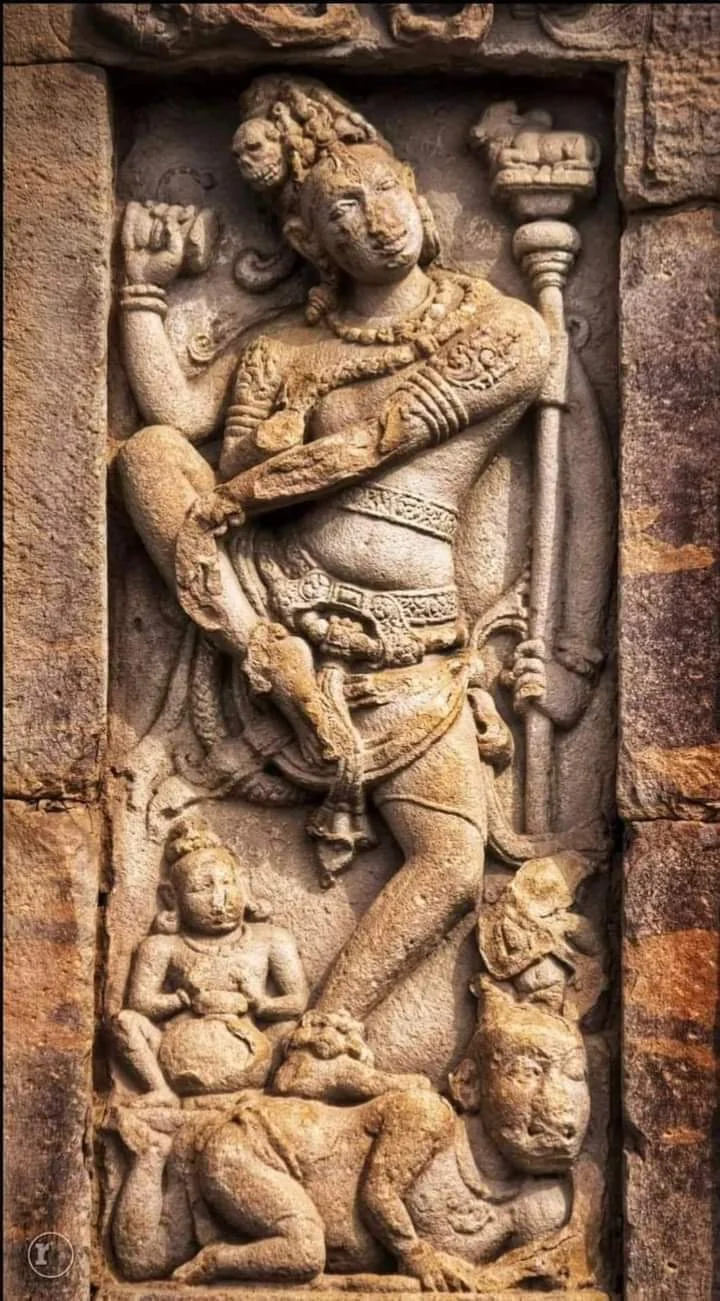Sengol, Sengol or Sengol is a historical golden scepter or scepter. For thousands of years, the Chola kings of Tamil history used this sengol to transfer power from a defeated king, a victorious king, or an old king to a new king.
Similarly, it was handed over to Jawaharlal Nehru, the first Prime Minister of independent India, as a symbol of freedom from British rule and the transfer of power to independent India.
Sengol is a dharma, symbolizing "divine and moral rule", and is mentioned in ancient Tamil texts. Sengol is a symbol of authority and sovereignty and was awarded to Nehru as a way of recognizing his role as the first Prime Minister of India.
The word sengol is derived from the Tamil words "semmai", meaning 'righteousness' or 'righteousness', and "kol", meaning a 'stick' or 'stick'. That is, this Sengol is a symbol of the new king running the kingdom under the shelter of justice and religion.
Read More- Advaita Vedanta vs Buddhism: A Comparative Analysis
Structure:
The bell is made of pure gold and is about 18 inches long. It is decorated with intricate designs and has a Nandi (bull) statue on top. Nandi, the vehicle of Lord Shiva, is seen as a symbol of justice, truth, power, and strength in Sanatan Dharma. Sengol symbolizes India's independence and rich history and culture.
It is a reminder of the sacrifices made to achieve freedom and the responsibility that comes with being an independent nation. Sengal is a source of pride for all Indians and a reminder of the country's bright future.
 |
| Virupaksha Temple at Pattadakal in Karnataka 7th-8th century Sengol Lord Shiva of the Chalukya Empire. |
Use of Sengol in Modern India:
India got independence on 15 August 1947. British rulers handed over power to Indians. Before the transfer of power, Nehru was asked by Mountbatten, what would be the symbol of the transfer of power if India achieved independence. Nehru about the last Governor General C. Discussed with Rajagopalachari.
C. As Rajagopalachari was from a Tamil family, he told Nehru about the traditions of the royal family of Tamil Nadu and told him that according to custom, the scepter was handed over to the new king of the royal family at the inauguration. This custom dates back to the reign of the Chola kings. Rajagopalachari advised Nehru to take the scepter from the British.
Nehru entrusted Rajagopalachari with the task of collecting the historic scepter. Rajagopalachari took responsibility and approached the Tamil Nadu monastery 'Thiruvadhuthurai Athinam' to make the scepter. The then Guru of Math undertook the task of making the scepter. Thiruvaduthurai Adinam Math again entrusted the making of the scepter to Bhummidi Bangaru Chetty, a renowned jeweler of Madras at that time. Bangaru made that golden scepter.
After making the scepter Sengol, Bangaru handed over the scepter to Math. A senior priest of the monastery handed the scepter to Mountbatten. The scepter was then brought back from Mountbatten. The scepter was handed over to Nehru on August 14, 1947, at fifteen minutes before midnight, after sprinkling Ganges water at Sengole. A special hymn was composed to commemorate the moment of Nehru's assumption of the throne, and the hymn was performed at certain times.
Sengol was preserved as Nehru's walking stick in a museum in Prayagraj. From there it was shifted to the new Parliament building on 28 May 2023. At the inauguration of the new Sangsad Bhavan on 28 May 2023, Prime Minister Narendra Modi installed the historic and sacred Sengol at the new Sangsad Bhavan.
Credit- Sansad TV Documentary


